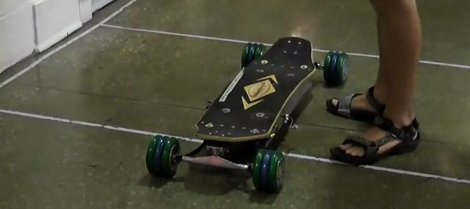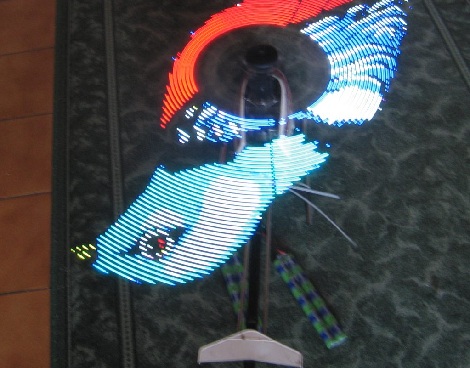
As a student of MIT, [Jed Storey] has access to a ton of machine tools, so he decided to build an electric longboard with hub motors by hand. He wound up re-doing a lot of his project, so we can commiserate with him on the trials of R&D.
Inspired by the BWD scooter, [Jed]‘s longboard uses hub motors – the wheel is the motor. The rotors were fabricated in-house, and off-the-shelf stators were wound by [Jed] by hand. There’s a lot of work that went into this build, and the build log is really fascinating in this regard.
The board is controlled by a pistol-grip R/C controller that had been modified to include a dev board and an XBee. For power, an aluminum enclosure was fabricated, strapped underneath the deck, and filled with LiPo batteries. While the build is mostly done, [Jeb] is thinking about scrapping it and moving onto version 2, the HeavyBoard. Check out the video of the board in action.
















